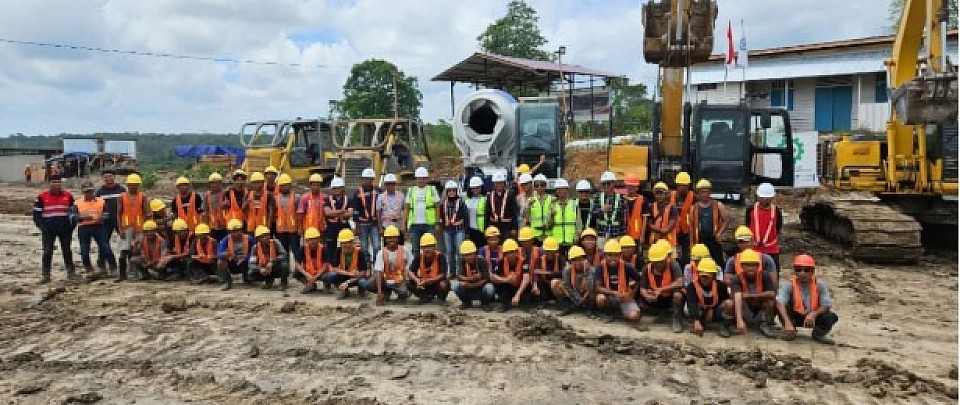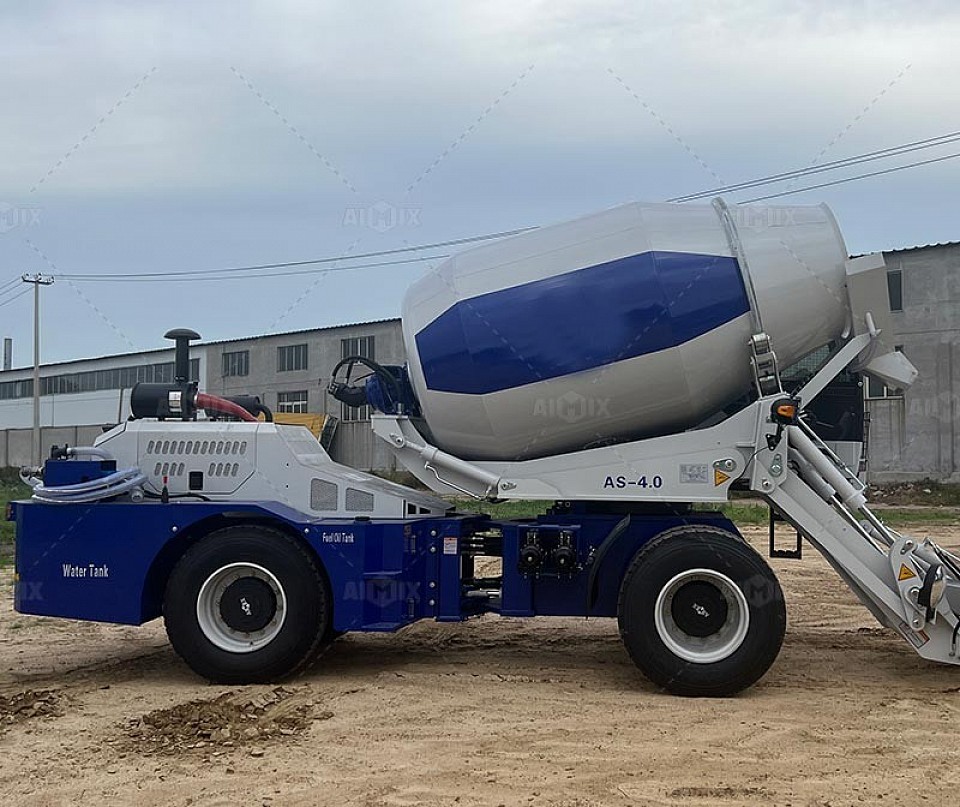Daily & Weekly Maintenance Checklist for Your Self Loading Concrete Mixer
A self-loading concrete mixer is a powerful machine that ensures optimal performance on construction sites. However, like any piece of heavy machinery, it requires regular maintenance to ensure smooth operation. Establishing a daily and weekly maintenance routine is crucial to preventing unexpected breakdowns, ensuring safety, and prolonging the lifespan of the equipment.
Daily Maintenance Checklist for Your Self-Loading Concrete Mixer
Visual Inspection and Cleaning
The foundation of daily maintenance begins with a thorough visual inspection. Inspect the exterior of the self loading concrete mixer for any visible damage, including cracks, leaks, or wear on the tires and drum. It's also essential to check that all safety guards and controls are functioning properly. Cleaning is equally important; dirt, debris, and excess concrete can accumulate on the mixer, affecting its performance and longevity. Make sure to clean the drum, the feeding chute, and the body of the mixer after every use. This helps prevent material buildup that could cause blockages or lead to corrosion.
Fluid Levels and Battery Check
Fluid levels must be checked daily to ensure the mixer is operating at peak efficiency. This includes checking the engine oil, coolant, and hydraulic fluid levels. Low fluid levels can lead to overheating, reduced performance, or even engine failure. The battery should also be inspected to ensure it is fully charged and the terminals are free from corrosion. A well-maintained battery ensures reliable operation and minimizes the risk of electrical issues, especially during intense work hours.
Weekly Maintenance Checklist for Your Self-Loading Concrete Mixer
Inspection of Mechanical Components
Every week, it’s important to conduct a more detailed inspection of the mechanical components of the self loading concrete mixer for sale in Tanzania. This includes checking the condition of the drum and auger for wear or damage. Look for signs of cracks or uneven wear that could affect mixing efficiency. Additionally, inspect the transmission, gears, and belts for tightness and lubrication. Any mechanical issues, even minor ones, should be addressed immediately to prevent further damage or costly repairs. This proactive approach ensures that the equipment remains in top shape and ready for demanding tasks.
Checking the Hydraulic System
The hydraulic system is a critical part of a self-loading concrete mixer, and it requires close attention each week. Check the hydraulic hoses for signs of wear or leaks. If any hose is damaged or showing signs of deterioration, it should be replaced immediately. Inspect the hydraulic pump and fluid reservoir to ensure there are no leaks and that the fluid is in good condition. Keeping the hydraulic system in optimal condition guarantees smooth operation of the mixing and loading mechanisms, which are integral to the mixer’s overall functionality.
Importance of Regular Maintenance
Avoiding Unplanned Downtime
Regular maintenance is key to avoiding unplanned downtime, which can be costly and disruptive to project schedules. A well-maintained mini self loading concrete mixer is less likely to suffer sudden failures that could halt construction work. By adhering to a strict maintenance routine, small issues can be identified and fixed before they escalate into major problems that might require expensive repairs or even replacement of key components.
Extending the Lifespan of the Equipment
Proper maintenance not only prevents breakdowns but also extends the lifespan of the self-loading concrete mixer. Routine care ensures that each part of the machine operates at optimal performance, which prevents excessive wear and tear. Keeping the equipment in good condition allows you to get the most out of your investment and reduces the need for frequent replacements, ultimately saving on long-term costs.
In conclusion, daily and weekly maintenance checklists are essential for ensuring the longevity, efficiency, and safety of your self-loading concrete mixer. With regular inspection, cleaning, and attention to key components, you can avoid unexpected downtime, enhance the machine’s performance, and extend its working life, making it a valuable asset on every construction site.


